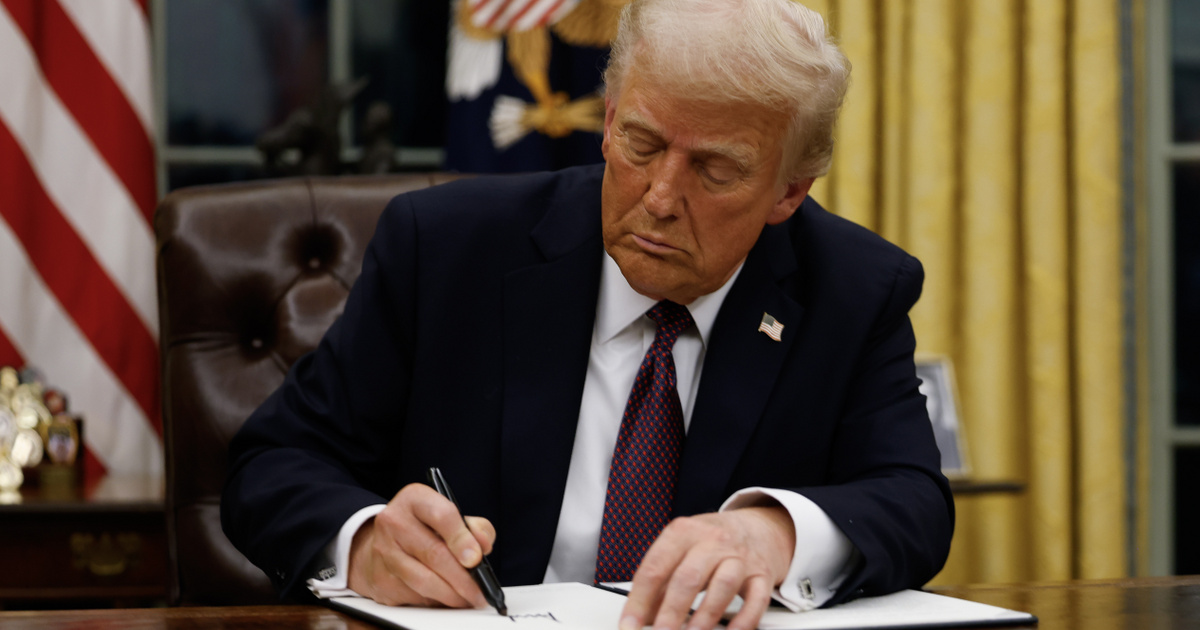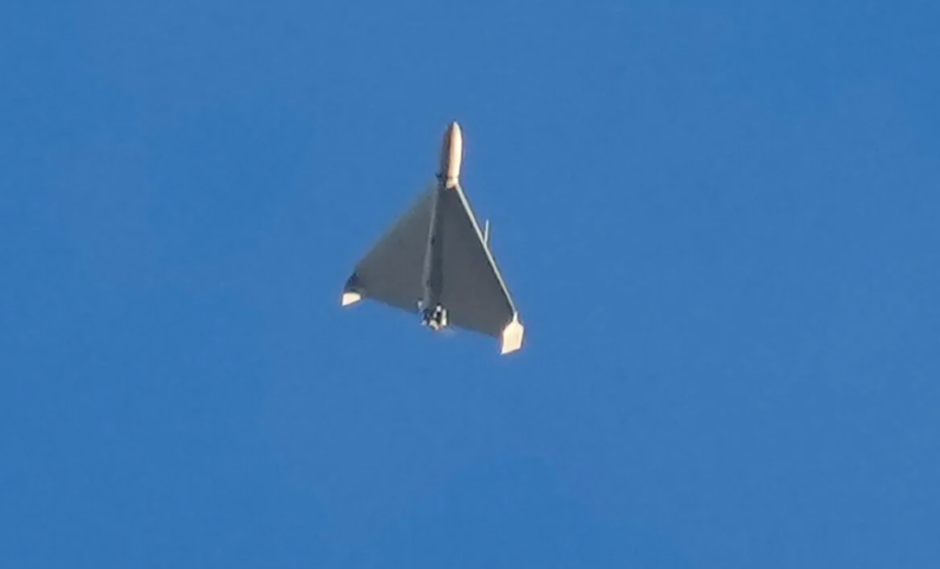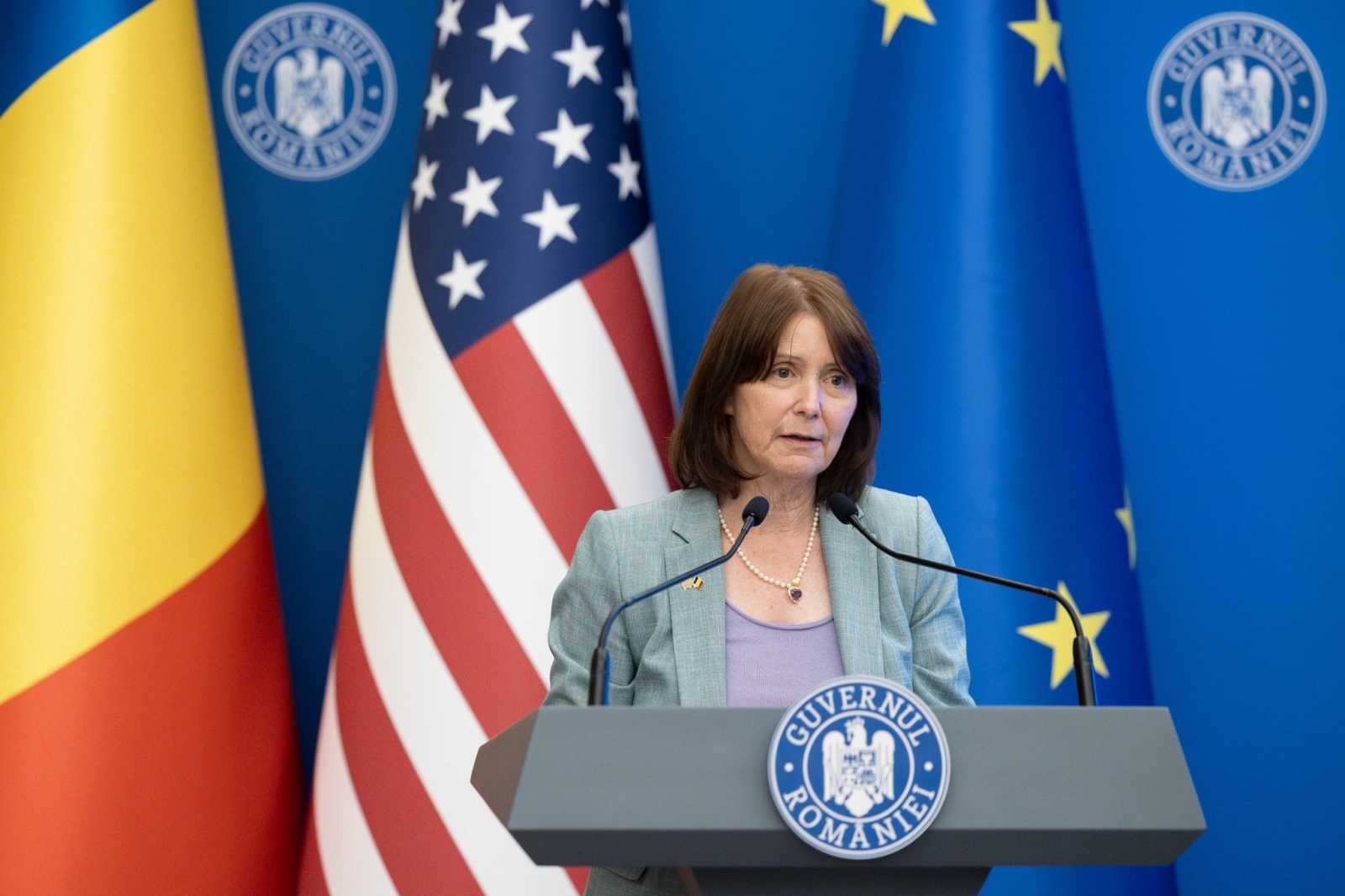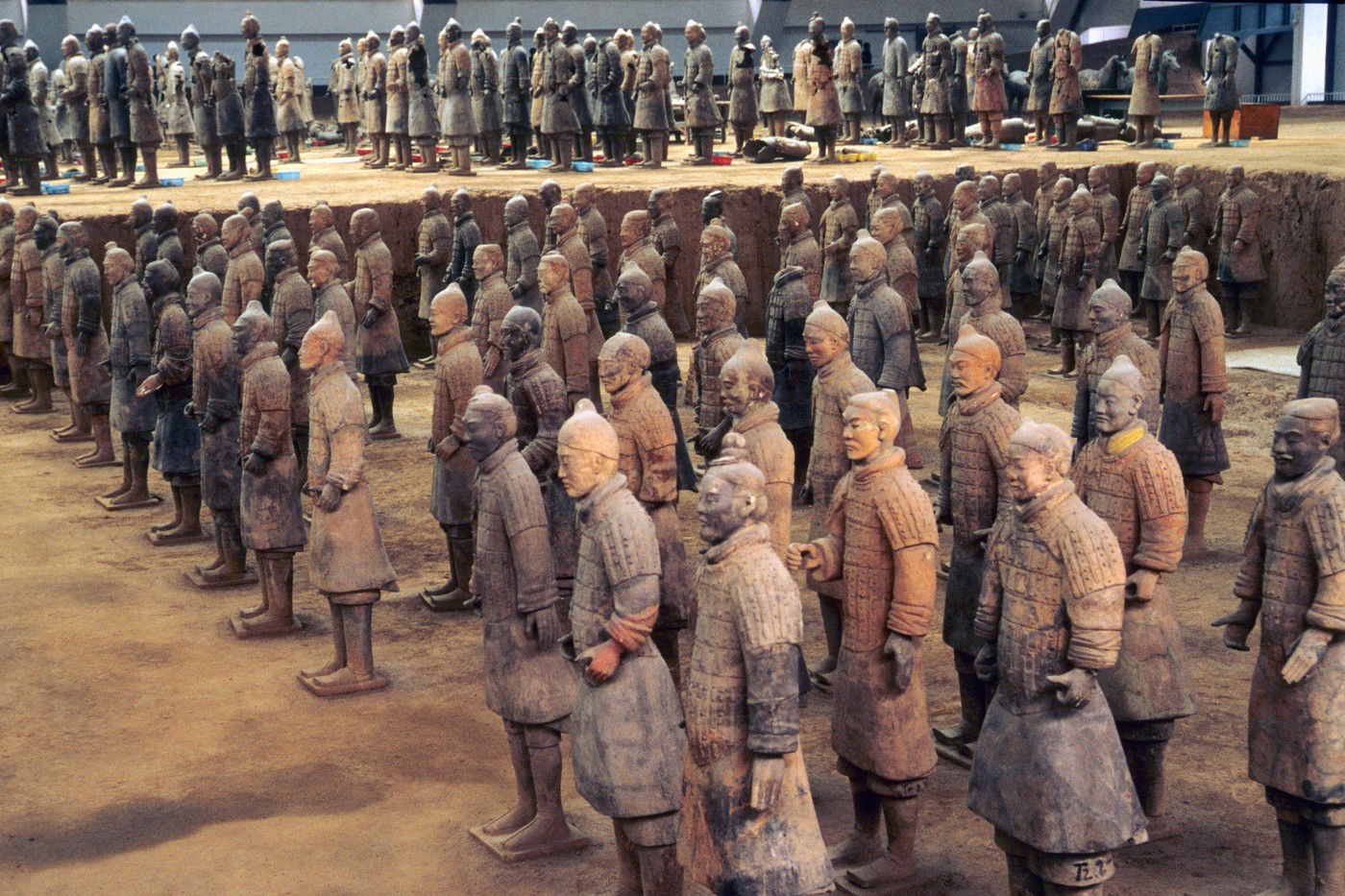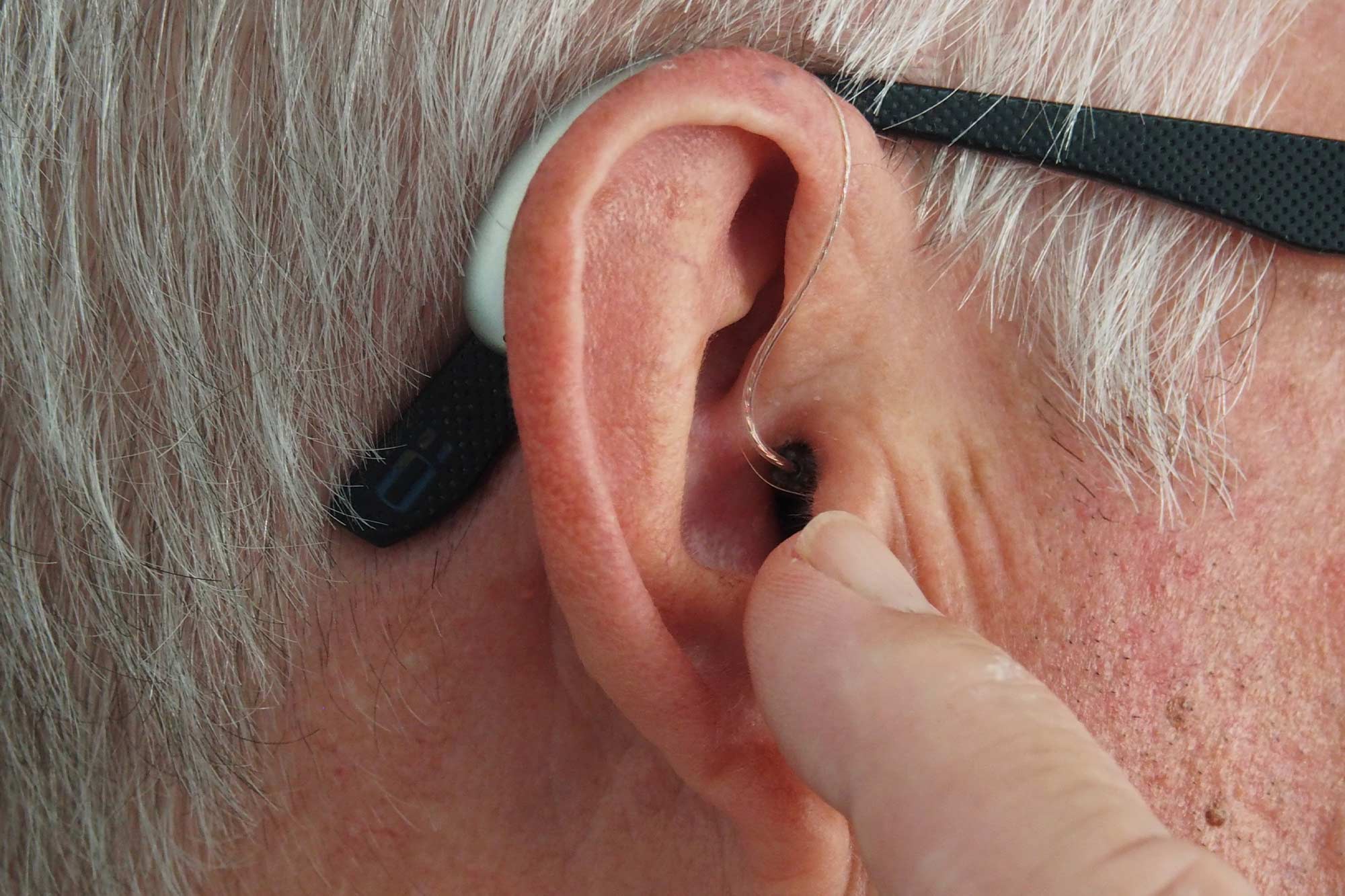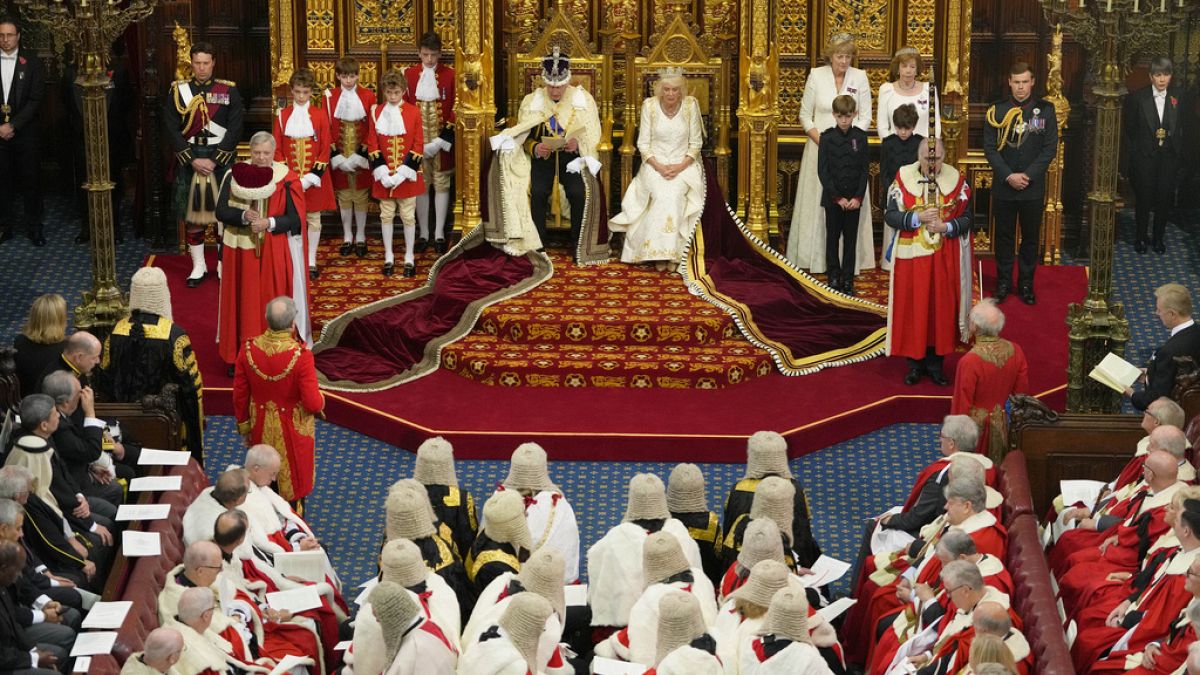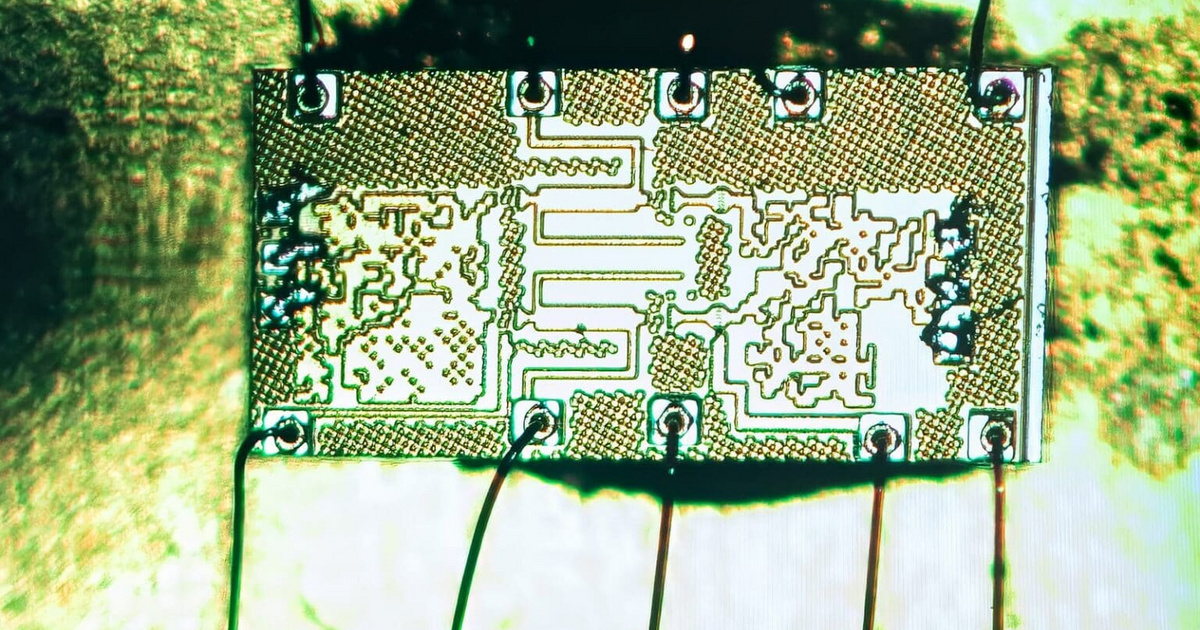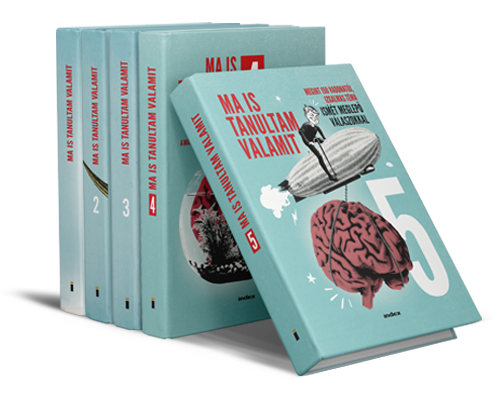The automatic learning system is scheduled for a wireless connection slide at the University of Princeton. These chips now occur in all devices capable of connecting via Wifin or Bluetooth. The special device was produced in the Kaushik Sengupta Electrical Laboratory. Professionals do not understand what it is, but it works, and not in any way.
Circles look random. People cannot really understand
Professor Singopta said.
According to a report in the natural communications columns, artificial intelligence conducted a reverse creation. This means that the work was dependent on the result they wanted to obtain, and the device's development of plans in line with them. The end result was what they requested: Improving electromagnetic structures, the slide best performed than people designed in the tests. It is true that the circles remind us of the Mario Super Mario cycle.
Sengupta emphasized that the system in its laboratory is not the end of the chips design yet, just a tool. Professor indicated that artificial intelligence is a behavior like ChatGPT which was ChatGPT, and that he was hallucous plans that are not destroyed until he found a work solution.
There are traps that designers still have to correct. The point is not to replace human beings. The point is to increase productivity. The human mind mostly is to create and create new inventions. We can assign daily wood to such tools
Sengupta said.
This means that smaller structures can be used on the slide when designing subsequent wireless chips if explained. Of course, this opens a window that uses a technique that no one understands. As the popular science fiction writer, Arthur C. Clark, advanced technology cannot be sufficiently distinguished from magic.
The transistors collide on our heads
When it comes to developing chips, the Moore law usually jumps. This comes from Gordon Moore, the late founder of Intel, who was found in 1965 that the number of transistors in integrated circles may double every two years. This, of course Override The law is valid, however it is linked.
The first fine chips were hand -drawn, but since the sixties of the last century, industrial tools and programs have been used for this purpose. After a few decades, they started checking the slide in simulation before spending a preliminary model. Today there are hundreds of billions of transistors on NVIDIA and the strongest Apple slices. The problem is the complexity: the number of exchange in possible construction goes indefinitely, and we double things, but there is nothing to know how the design is associated with the best possible solution.
Avi Lub, a professor at Harvard University, suggested that artificial intelligence deserves to be considered a foreign civilization rather than imitating human thinking. However, what we see is more strange:
The beginning of technological exclusivity.
The concept of technological uniqueness comes from János Neumann, the father of modern computing. The important point is that with the acceleration of development, mankind loses technology control at some point. This is accompanied by the appearance of a person, and its consequences are unpredictable.
The above degree mentioned above is further, and its appearance is expected by the middle of the century. However, according to theories, the way to artificial intelligence becomes able to develop and improve itself, for example, designing more efficient devices. The Prinston chip is not unique and not the first swallow. Google DeepMind has published a thesis on how to use artificial intelligence in the design of chips in 2020. Currently, their Chatgpt product, Gemini, works on cards based on such chips.
The question is, is it possible to exclude people from the operation? Currently, we seem to want to create a lot. At the end of 2024, artificial intelligence is a widespread productivity tool in chip design and provides an opportunity for a complex architectural design. It is assembled within hours, which would last for weeks, and half a year will be shortened for half a year. An example of this is where 200 different chips are operated in a modern passenger car with a system that includes half a scale in the car.
((Engineerto Nature Communicationsto New Atlas))

